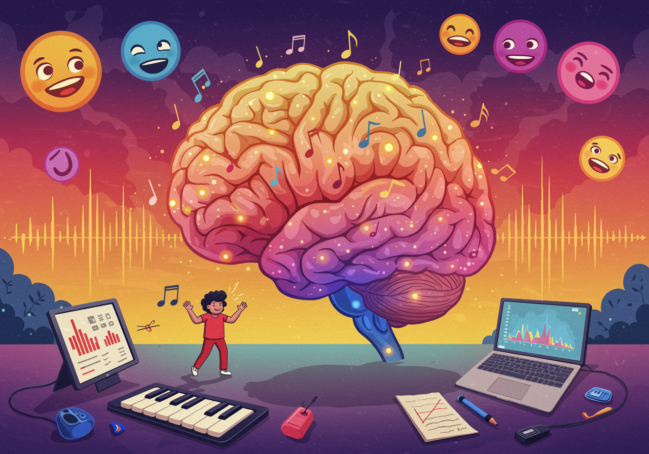At the basic level, multicultural education provides a fundamental education for all students, with the purpose of eliminating discrimination because of ethnic origin and background. By incorporating many cultures into the classroom, schools can celebrate diversity, learn about cultures around the world and raise awareness.
But multicultural education also includes an intercultural approach where many perspectives are taken into account.
“Successful learning requires an intercultural approach where students are responsible for listening (and reading and experiencing) to understand–both the perspectives of others (peers, authors, faculty) and for understanding their own perspectives and how they acquired them,” Lee Knefelkamp, Professor of Higher and Adult Education, Teachers College, Columbia University said in “Effective Teaching for the Multicultural Classroom.”
Practical methods for teaching
“One should never ignore the fact that, at any one time, there are a variety of diverse cultures, beliefs and practices represented in the classroom. Whether or not multiculturalism should be the core component to an educational program or form a part of it, is not the point. We must design environments that encourage our students to learn and operate in a policy of inclusion rather than exclusion. If this means being sensitive to other cultures then this is what we have to do,” an English and TESOL teacher from Australia said.
Some school districts also have Departments of Multicultural Education to help with these efforts. Take for example the Palm Beach County School District. This website links the district’s teachers with up-to-date multicultural teaching methods in the classroom, as well as current events.
Students can learn appropriate cultural behavior
“Student can also learn that there are patterns of values, speech, preferences, and behaviors associated with different cultures, and they can learn that there are as many differences within cultural groups as there are across different cultures. This helps students break down cultural stereotypes in the society as a whole,” Knefelkamp said.
Making your classroom “a living laboratory”
After being able to identify the different behaviors of different cultural groups, students can expand their knowledge while being able to look beyond their differences.
“Using these methods, students learn that they each may have a unique learning pattern and this realization of their own “multiple subjectivities” can help them understand the multiple and interlocking identities in the people and groups around them. The classroom then becomes a living laboratory for negotiating individual and group differences as well as for negotiating ideas about the content and concepts of the class,” Knefelkamp said.



